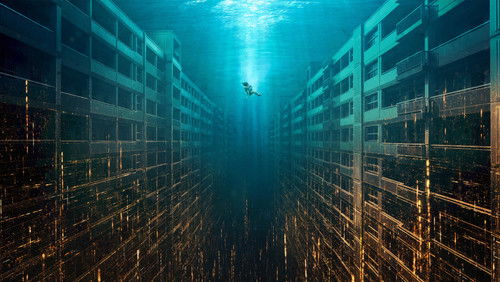Der Schützengraben (1999)
26KDer Schützengraben: Directed by William Boyd. With Paul Nicholls, Daniel Craig, Julian Rhind-Tutt, Danny Dyer. A story about a group of soldiers’ last days before the battle of the Somme in 1916.
“I am confident that I have never before started a review by complimenting the set designers. Comparing the vintage still photos of soldiers in World War I trenches shown at the beginning of the movie to the trenches in film itself, you can see that somebody with an eye for detail recreated the look of the trench and the costume designers did a good job with the menu0026#39;s uniforms. The bad news is that that is one of this movieu0026#39;s few strong points. For example, the view of no manu0026#39;s land (NML) – the ground between the opposing trenches – shows a green field. It should look like a brown, pock-marked wasteland, which has been captured in many other WW I movies.u003cbr/u003eu003cbr/u003eThe whole effect of u0026quot;The Trenchu0026quot; is that of a filmed stage play. It could easily be transferred to the stage without losing much and maybe even gaining something. That is to say, the movie is not opened up much. Still, as a WW I buff, I enjoyed it.u003cbr/u003eu003cbr/u003eThe actors are good, and the outline of the story is illustrative of typical situations in the war. However, the specific dialogue might be a little too 1999 rather than 1916. The film does remind us that wars are fought by men who are still boys and concerned about the things young men are obsessed by. u003cbr/u003eu003cbr/u003eOne general situation that jumps out is the promise to the men that they would go into the enemy trenches after bombardment and after previous waves of a British attack and would not encounter any living enemy. (Mopping up, as my WW-II-veteran father called it.) But this was a typical false promise of the strategy used by both sides because the defenders would always cover themselves adequately so a majority would survive the bombardment, and they would almost always be able to get reinforcements into the trenches faster than attackers could make it across NML, and the preliminary bombardment would 1) warn the defenders an attack was coming and 2) chew up the ground making it harder for the attackers to cross, including merely rearranging the barbed wire instead of cutting through it. The result was that being the defender was always advantageous, and being the attacker was always disadvantageous in trench warfare. Thatu0026#39;s why most of the battle lines on the Western Front remained static for about four years.u003cbr/u003eu003cbr/u003eI would recommend this movie as worth seeing for world war buffs and Daniel Craig fans, although it likely wonu0026#39;t be anyoneu0026#39;s favorite movie.”









